Geographic lists often rank countries by different measures of size, such as area, and sometimes these rankings can be easily guessed. But countries with the longest coastline can be more difficult to determine.
Each small inlet and fjord extends the measurement of the coastline, and surveyors must decide how deep to measure each of these curves and depressions. And for nations that have islands in the sea, including all those across the nation's coastline, they can significantly alter calculations and thus rankings on lists like this one.
According to the Cambridge Advanced Learner's Dictionary & Thesaurus
The coastline is defined as "the particular shape of the coast, especially as seen from above, from the sea, or on a map." The measure of a country's coastline varies depending on the scale at which it is measured. Smaller-scale maps give a lower shoreline measurement than larger-scale maps.
When we talk about "scale," it refers to the point-to-point connections made along a country's coastline, which are then added together to get the total length of the coastline. These discrepancies are examples of fractal behavior because the larger the scale of the map, the more frequent the indentations are seen along the coastline will be, and therefore the greater the measured coastline length will be.
Therefore, when countries are compared based on shoreline measurements, all data are derived from measurements made on maps of identical scales. The countries listed below have the longest total coastline in the world, and these countries have great cultural, military, and economic importance to them.
Canada (202, 080 km)
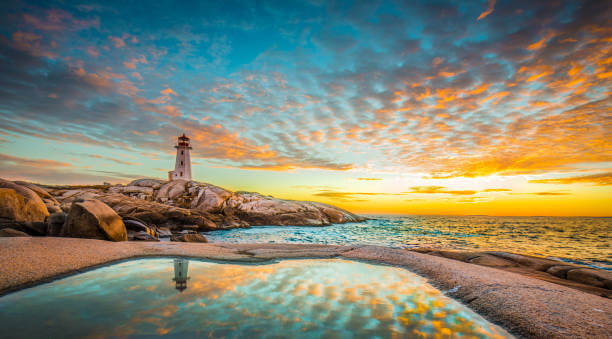
Canada, the second-largest country in the world by total area, consists of ten provinces and three territories. Most Canadian provinces and territories, except for Alberta and Saskatchewan, have their coastlines.
The country's coastline is characterized by diverse landscapes in different parts of the country, and most coastlines occur around Canadian coastlines, except for such tropical and subtropical ecosystems as mangrove swamps and coral reefs.
Norway (58,133 km).
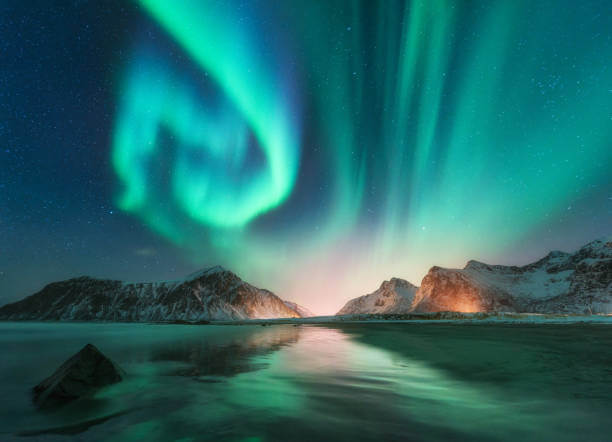
The capital of Norway is located at the top of the Oslo fjord. The Norwegian coast is also a popular tourist destination and one that draws visitors from all over the world to observe the majestic landscape along the coast, as well as to catch a glimpse of the aurora borealis along the country's northern shores.
The country's continent is oriented with the North Atlantic Ocean to the east and the Barents Sea to the north. Norway's coastline is very irregular and rugged, with numerous fjords and islands along the entire coast. Much of the Norwegian population lives along the coast.
Indonesia (54,720 km)
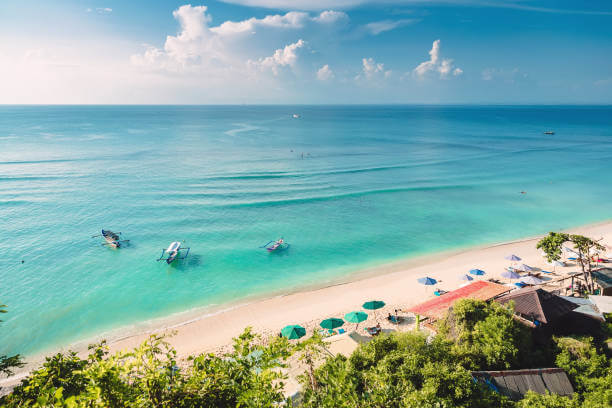
Although it is not among the top ten countries in terms of total land area, Indonesia's large number of islands qualifies it for third place among countries in the world with the longest coastline.
Mangrove forests grow widely along the coasts of Kalimantan, Papua, and northeastern Sumatra. Meanwhile, shrimp farming is common along the coasts of northern Java and southwestern Sulawesi.
Indonesia's most scenic coastal areas, which are also the country's most popular tourist destinations, are found along with smaller islands in eastern Indonesia, in the southern parts of the island of Java, and on the island of Sumatra.
Greenland (44, 087 km)
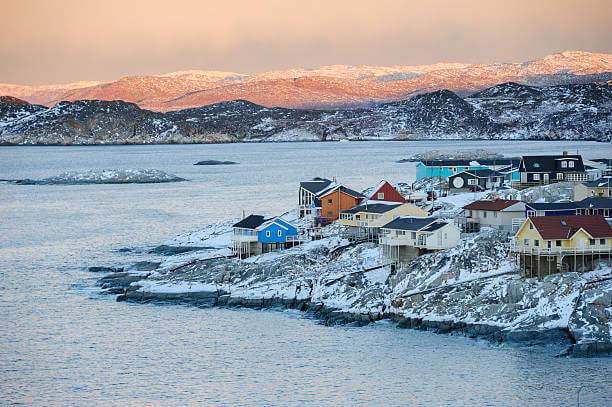
The coastline of Greenland presents a fascinating sight of spectacular landscapes characterized by fjords, glaciers, icebergs, and cliffs. The country's pristine coastal habitats showcase a large number of wild species, both in the water and on land.
Terrestrial species such as Arctic foxes, hares, wolves, lemmings, ermine, and of course the famous Arctic polar bears can be observed living in pristine natural habitats along Greenland's coastline. The water surrounding the coastline is also abundant with aquatic species including Beluga whales, blue whales, pilot whales, and other rare and elusive marine species.
Russia (37,653 km)
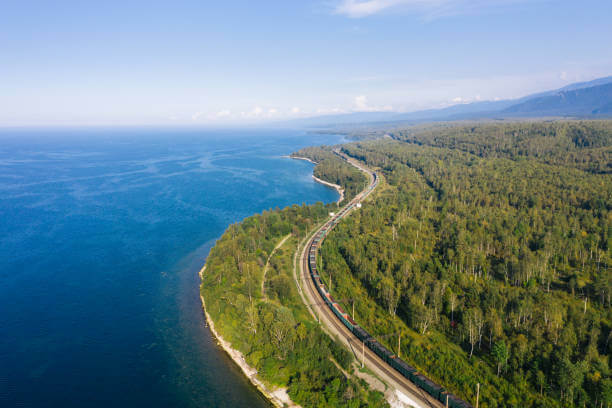
A large part of the country's population is settled along the coastline, with many major Russian cities, including St. Petersburg, Vladivostok, Yalta, Magadan, Kaliningrad, Baltiysk, and others, located along the country's shores.
Russia, a sovereign state in northern Eurasia, has an extensive coastline of 37,653 km. Russia's coastline is shared by the Pacific Ocean to the east, the Atlantic Ocean to the west, the Arctic Ocean to the north, and the Baltic Sea, the Black Sea, the Caspian Sea, and the Sea of Azov to the southwest.
Philippines (36,289 km)
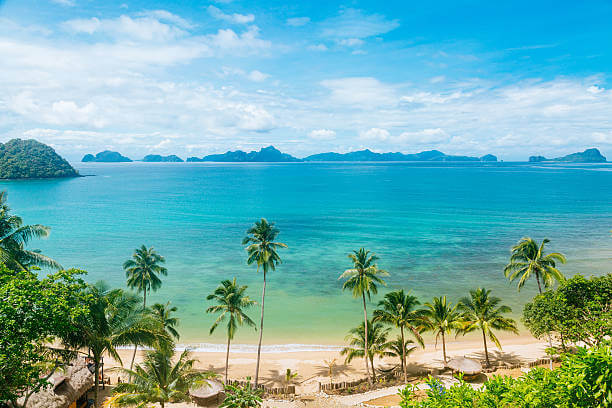
The country's coastal areas are the most densely populated, with about 60% of the country's population and most of its major cities located along the country's coasts. A large number of Filipinos depend on coastal fishing for their livelihood, and about 40-60% of the country's total fish catch comes from coastal fishing. The captivating beauty of the Philippine shores attracts thousands of tourists to the country, benefiting the country in turn.
Japan (29,751 km)
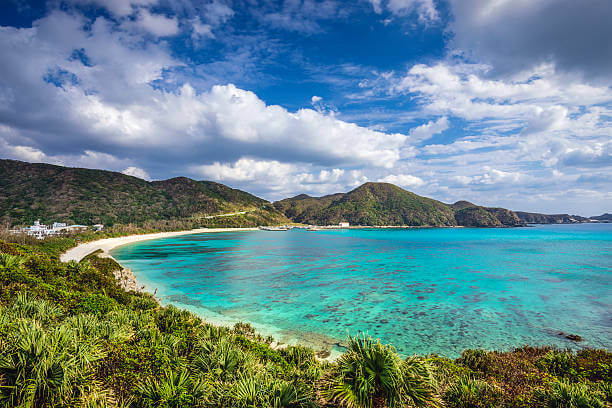
Hokkaido, Honshu, Shikoku, and Kyushu are the country's largest and most economically significant islands. The north and west coasts of Honshu and the coastline of Hokkaido are fairly straight in form. Meanwhile, tidal and storm eras cause significant irregularities along the coast of Kyushu and eastern Honshu. Most of the major urban centers
in Japan are built along the country's coastline, which is also home to some of the largest international ports. Fishing, aquaculture, and whaling are some of the major occupations that support the livelihoods of populations living along the coasts of Japan.
Australia (25,760 km)
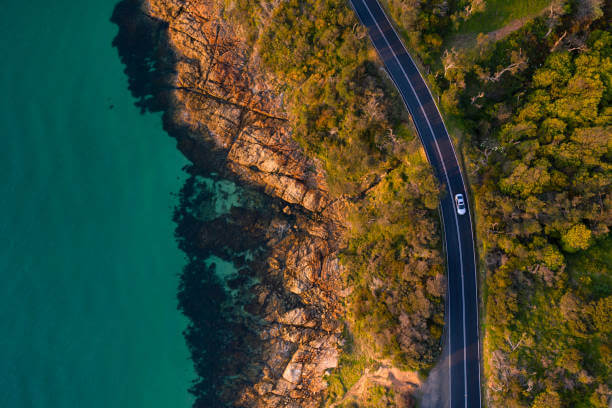
The coastal landscape here is quite diverse, including scenic sandy beaches, mangrove swamps, and rocky cliffs along various stretches of the country's coastline. There are approximately 10,685 beaches in Australia, as well as numerous caves, coves, and unique land formations along the country's shores, many of which serve as popular tourist destinations.
Today, the recreational and fishing industries employ a large number of Australians living along the country's coasts. The Great Barrier Reef, located off the east coast of Australia, is the world's largest coral reef system and is considered one of the world's great natural wonders.
United States (19,924 km).
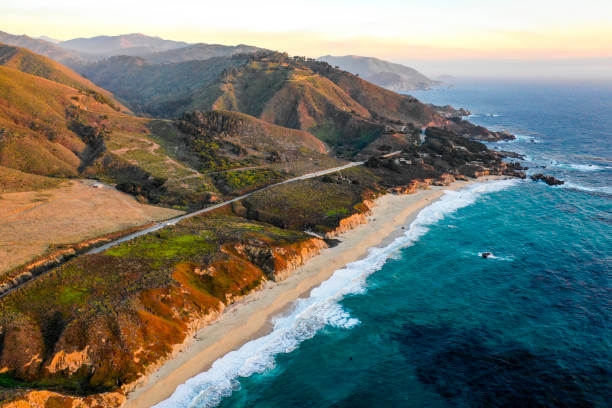
The country shares a coastline with the Atlantic Ocean to the east, the Pacific Ocean to the west, the Arctic Ocean north of Alaska, and the Gulf of Mexico to the southwest.
Alaska has the longest coastline (6640 miles) among U.S. states and has borders with the Pacific Ocean and the Arctic Ocean. Florida and California have the second (1,350 miles) and third (840 miles) longest coastlines of all coastal states in the country, respectively.
Antarctica (17,968 km)
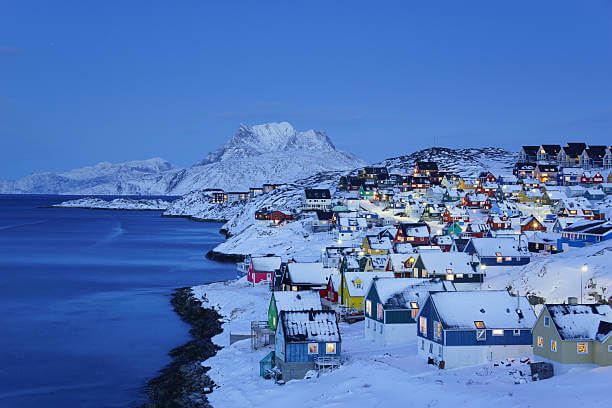
The entire coastline of Antarctica is characterized by the presence of ice formations of various shapes and sizes. Large colonies of Emperor, Chinstrap, Gentoo, and Adélie penguins can be spotted along the Antarctic coast. In addition to penguins, fur seals, blue whales, and orcas can often be seen in the waters along the continent's coast.
New Zealand (151.2 Km)
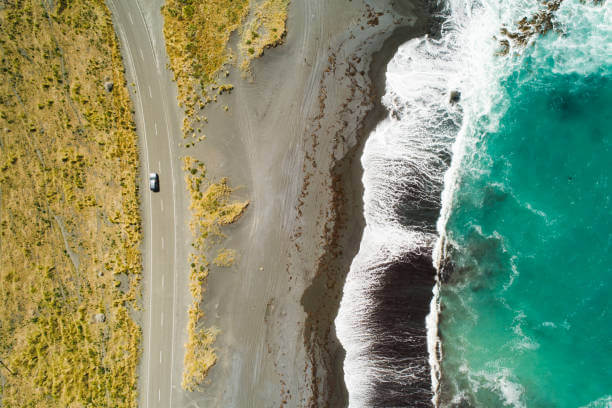
New Zealand consists of the North Island (115.8 thousand km2) and the South Island. The diverse coastline of New Zealand is as fascinating as the entire surface of both islands. Here you will find every landscape, even the most fairytale-like.
We will find covered with black sand ocean coast, surrounded by cliffs bays, but also desolate golden beaches. One of the most beautiful places, which invariably makes a great impression not only on tourists but also on musicians and filmmakers, is Karekare beach.
China (14,500 km)
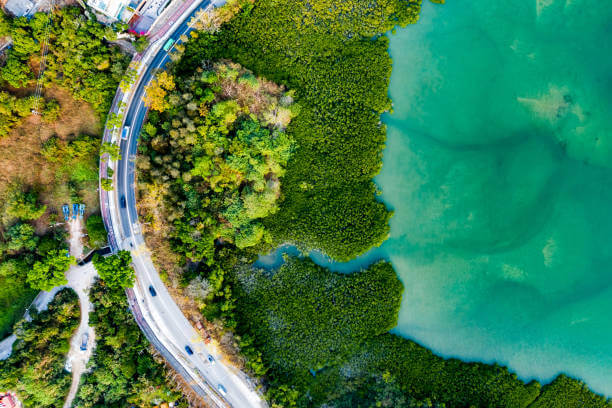
Tectonics, typhoons, and river currents are among the natural forces that have shaped China's coastline, for example by depositing sediment on beaches. The Yellow River is the largest in the world in terms of the amount of sediment it contains, and the Yangtze ranks fourth in terms of water discharge.
Greece (13676 km)
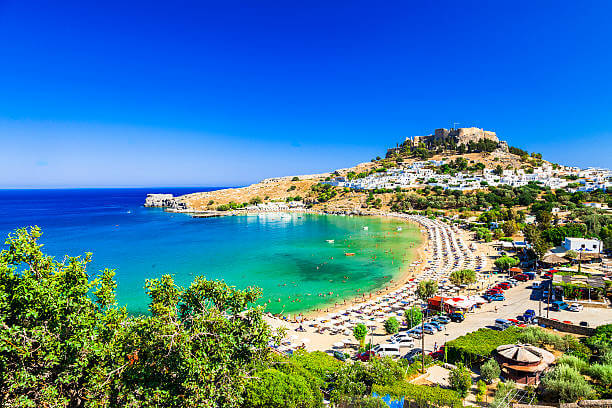
The longest coastline of the Mediterranean basin. The country has the third-longest coastline in Europe. The coastline of Greece is well known for its clean and clear coastal waters and excellent beaches. The coastline also includes coastal caves, sheltered coves and bays, and much more. Tourism is well established in the region.
Great Britain (12,429 km)
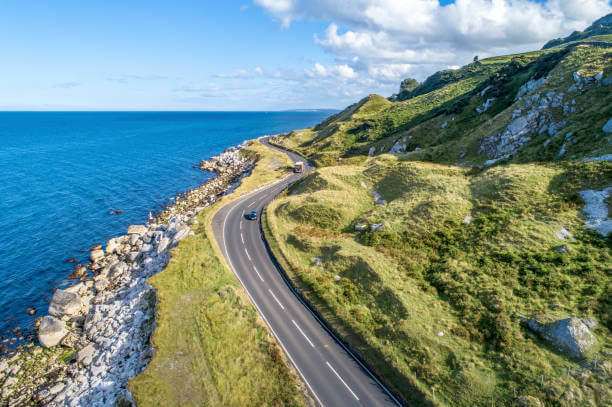
The United Kingdom has an extensive coastline of 12,429 km, which includes the coasts of Great Britain, Ireland, and other smaller islands. The country has coastlines along the North Sea, the Celtic Sea, the Irish Sea, and the English Channel. The country's coastline has several geographical features such as bays, islands, peninsulas, and capes and is heavily indented.
Due to its indented nature, the coastline of the United Kingdom is longer than many other countries of similar size. All places in the country are within 113 km of the coast. The coastal areas of Britain are also home to more than 3 million people.
Mexico (9,330km )
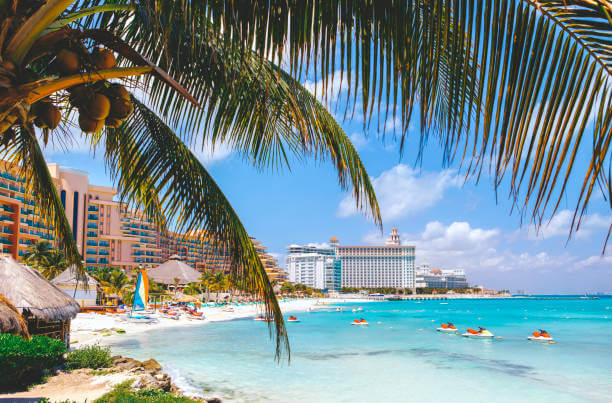
The coastline of Mexico is not very varied. It has two large peninsulas, California and Yucatan. Mexico also includes islands in the Gulf of Mexico
Tiburón, Angel de la Guarda, Carmen, San José, and other islands in the Gulf of Mexico, in the Pacific Ocean, Cedros, Santa Margarita, Islas Marías, and other islands, and in the Caribbean Sea, Cozumel and other small coral islands.



